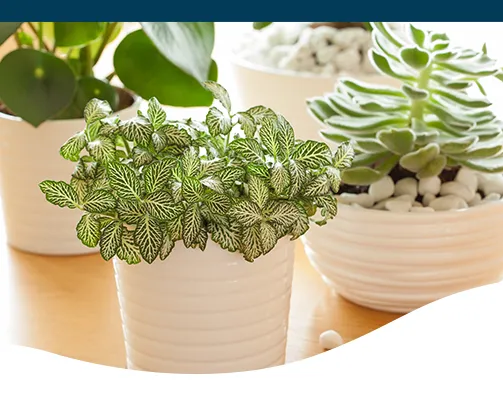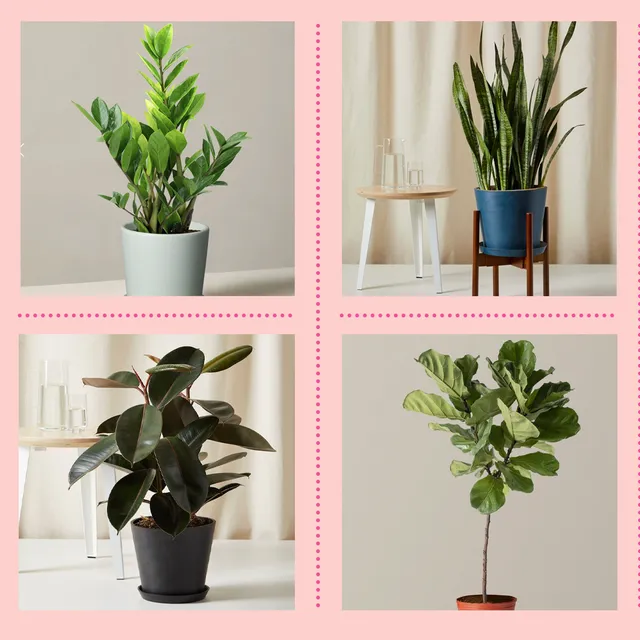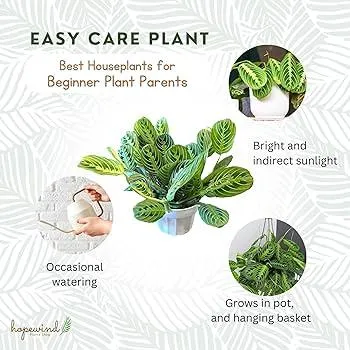The Best Indoor Plants for New Plant Parents
Whether you’re new to plant parenthood or sort of experienced, finding low-maintenance indoor plants is key. With so many options out there, it can feel overwhelming to pick plants that will actually thrive in your home. As someone who’s killed a few plants in my time, I’ve learned a few lessons the hard way. In this article, I’ll share the top indoor plants for beginners based on my own experiences – and those of experts – to help you succeed with your green babies.
Pothos
- Pothos is like the foolproof plant of plants. As my planty friend Jamie put it, “Pothos is basically indestructible.” It thrives in low to medium light and tolerates neglect like nobody’s business. You can forget to water it for weeks and it’ll still be chilling.
- It comes in several gorgeous varieties like marble queen, neon, and golden, so you’re sure to find a look you love. Propagation is also a cinch – just stick a clipping in water and boom, you’ve got a brand new plant baby.
- The vines grow long too, so it’s perfect for hanging baskets or trailing off a shelf. Pothos is an amazing option if you’re, well, not amazing with plants quite yet. Even I’ve kept one alive for over a year!
Snake Plant
- Snake plants, aka mother-in-law’s tongue, are so low maintenance they’re basically plants on easy mode. They only need water every couple weeks and can tolerate very low light. You could stick one in a basement and it would probably still be fine!
- Their tall, arching leaves add an awesome tropical vibe and they come in beautiful solid colors or beautiful white speckled varieties.
- From my experience, snake plants are nearly impossible to kill since they store water in their leaves. They’re the perfect set-it-and-forget-it plant if you often forget to water. No brown mushy leaves for you!
ZZ Plant
- If you want a plant that basically waters itself, the ZZ plant is your guy. Its thick, waxy leaves allow it to survive weeks without water. I left one alone while on vacation once and it was happy as a clam when I returned.
- It thrives in low to medium light and has such an interesting look with its long green or reddish stems. The plant stays quite compact so it fits well on desktops or shelves.
- ZZ plants are virtually indestructible. I don’t know how, but they seem impervious to the average plant killer’s talents. A true testament to their toughness.
Those are my top three picks for beginners based solely on how hard they are to mess up. But there are other great options too depending on your conditions.
Peace Lily
Peace lilies like medium to bright indirect light and regularly moist soil to shine. However, their dramatic white blooms make them totally worth it in my opinion. When they flower, it just makes your space feel so much more magical, you know? I always get excited seeing new buds develop.
The plant will actually signal to you when it’s thirsty by drooping its leaves. Water it up and it perks right back, which is helpful feedback for novices. Just beware, peace lilies are toxic to pets if ingested so keep them out little paw’s reach.

Chinese Evergreens
If you’ve got low indirect light, Chinese evergreens or aglaonemas are gorgeous options. Their colorful broad leaves come in shades like dark emerald, burgundy, and cream variegated. They handle neglect well while still looking super lush.
I have to warn though that mine did get spider mites once when it was really dry. I blasted them with neem oil and they were toast, so just check for pests regularly. But overall these plants are pretty hardy in average home conditions.
Philodendrons
For medium to bright light, consider heartleaf or brasil philodendrons. Their velvety leaves add life to any space. Philodendrons are vigorous growers too, so clippings propagate easily for more fullness.
Just be aware they can get leggy without enough light, so trim up tall stems to encourage bushier growth. And watch for spider mite issues in dry air like with Chinese evergreens. But all in all, philo varieties are low fuss performers.

Those are some of my top indoor plant picks for beginners. There’s no shortage of options, so find what catches your eye now and experiment later once you’ve got the basics down. Speaking from experience though, start with the nearly indestructible pothos, snake plant or ZZ – it’ll set you up for success and planty confidence in no time.
No greenhouse? No problem. You can absolutely keep more than a few plants thriving inside your home with a little TLC. It’s extraordinarily rewarding to see new growth as your plant friends, well, grow on you. So go plant shopping and get ready for some plant love!
Best Indoor Plants for Beginners
| Plant | Light Needs | Watering | Care Level |
|---|---|---|---|
| Pothos | Low | Allow soil to dry between waterings | Low |
| Snake plant | Low | Water when soil is dry 1-2 inches deep | Low |
| Philodendron | Low-medium | Water when top inch of soil is dry | Low |
| Chinese evergreen | Medium | Water when top inch of soil is dry | Low |
| Zz plant | Low-medium | Water when top inch of soil is dry | Low |
FAQ
-
What types of plants are good for beginners?
Plants like pothos, snake plant and spider plant are pretty hard to kill. They can survive with just a little water and don’t need bright light. So those are kind of easy options for a new plant parent.
-
How often should a beginner water their plants?
Most indoor plants need water around once a week. You should stick your finger in the soil and if the top inch is dry, it’s time to water. However, lighting can impact watering needs, so you may need to water some plants a little more or less than others. To be safe, “listen” to your plants and water when the soil is dry.

-
What kind of lighting do common houseplants need?
Lots of popular indoor plants like pothos and philodendron do okay in low light. They basically just need indirect sunlight or light from a distance. Snake plants andspider plants can survive with even less light. Nonetheless, plants will thrive with more sun. A bright indirect window is generally best. But you could use grow lights if your home has limited natural light.
-
Is it possible to overwater plants?
For sure, overwatering is almost worse than underwatering. When you water too much, the roots can’t breathe and start to rot. Then the whole plant will get sickly. Maybe wait until the soil is really dry before watering again. And don’t leave plants sitting in saucers of water. The classic advice is, “When in doubt, don’t water.”
-
What should I do if a plant starts to look unhealthy?
If leaves start dropping or turning yellow, the plant may need more light, water, fertilizer or it could have pests. Check the roots too – they may be rotten from too much water. You can try moving it to a sunnier spot, water less often and prune off damaged parts. If nothing works, it was probably just not meant to be. Sometimes plants don’t survive for reasons beyond our control.
-
How do I know if a plant has pests?
Keep an eye out for little bugs crawling on the leaves and soil. Spider mites make delicate webs. Mealybugs look like cotton balls. Look under leaves for pests like aphids too. Yellow or curled leaves could mean an infestation. You may see bugs on new growth first. If you spot pests, isolate the plant and treat with insecticide, or throw it out as a last resort. On the other hand, a few bugs don’t automatically mean you need to panic.

-
When should I repot a plant?
Most plants will be fine in their nursery pot for a year, but check the roots. If they’re growing in a tight circle all mashed together, it’s time for a larger pot. You want room for one to two inches of growth. Signs a plant may need repotting are wilting, stunted growth or pests in the existing soil. Repotting can be scary for beginners but don’t sweat it – just go up one pot size and use fresh soil.
